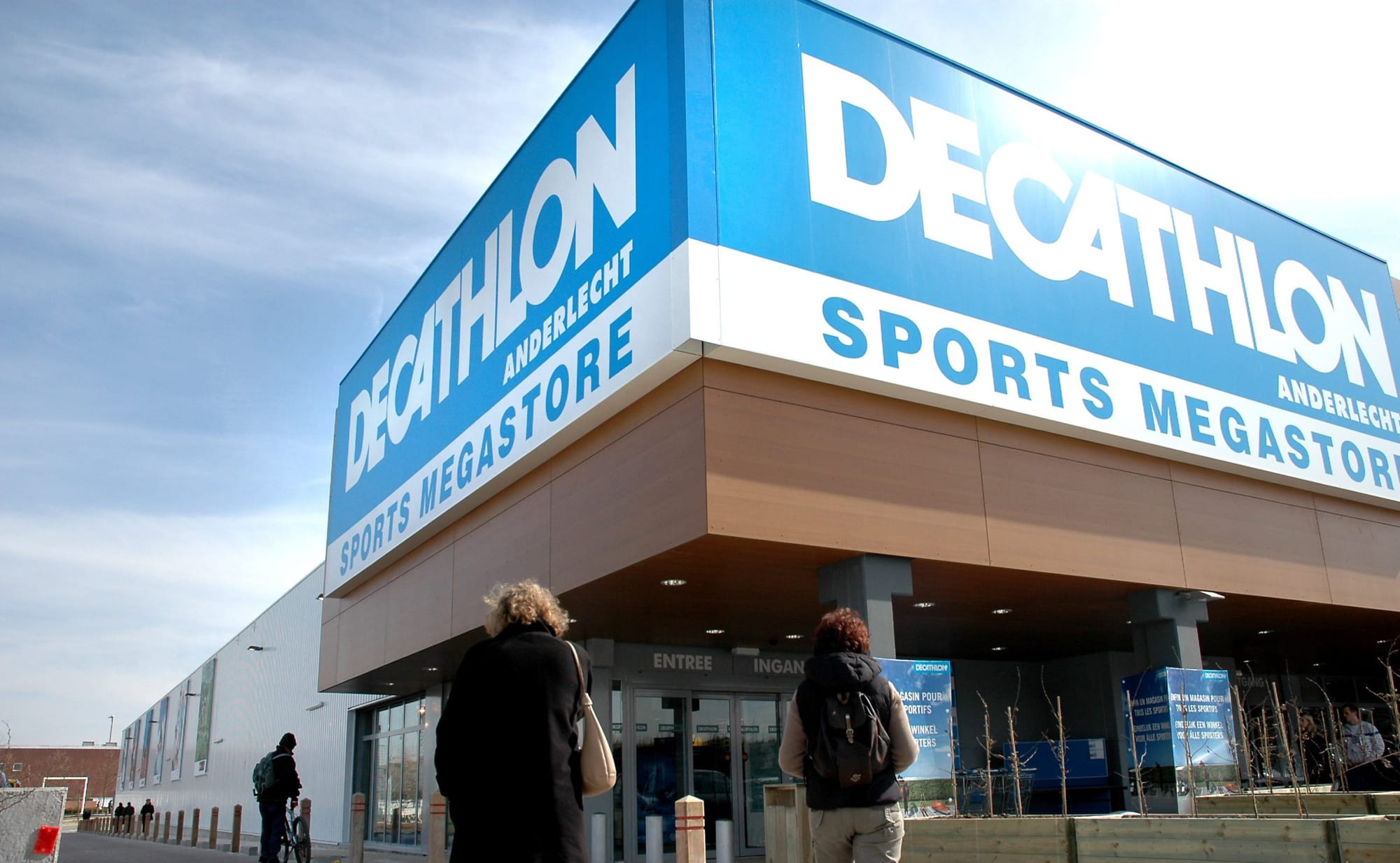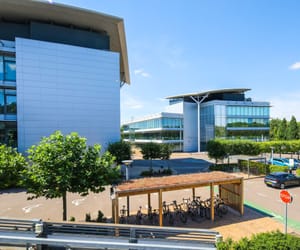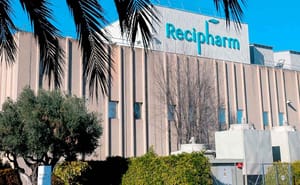A sale and leaseback (S&LB) transaction is a financial arrangement where a company sells its real estate assets to an investor or lender and then leases those same assets back, allowing the company to continue using the property while freeing up capital. This arrangement permits the company to continue utilising the assets while simultaneously liberating capital.
Revisiting this topic – initially discussed in March 2023 - is particularly pertinent now. According to JLL's April 2024 report, "Raising Capital from Corporate Real Estate":
“The argument for corporate owners to restructure and reposition their real estate portfolios remains compelling.”
The benefits of such transactions are clear. For sellers, this strategy provides an opportunity to bolster their balance sheets in a market characterised by scarce and costly debt, allowing them to concentrate on their core business competencies. For buyers, it offers a chance to secure sustained income streams at favourable prices.
Some history
Historically, the roots of S&LB transactions extend back to the United Kingdom of the late 1920s and early 1930s, where they emerged as a capital-raising tool among retailers. This practice set a global precedent, encouraging widespread adoption of the model across various operational real estate forms in the United States and Europe.
The approach found favour in diverse sectors, notably retail and banking, exemplified by the Boots pharmacy chain leveraging S&LB for fifty of its UK premises from 1988 to 1991. More recently, significant transactions such as Goldman Sachs’ sale and leaseback of its European headquarters in London to South Korea's National Pension Service for £1.17 billion (€1.36 billion), and Realty Income’s €527 million (£454 million) inaugural European S&LB deal with Decathlon earlier this year, illustrate the enduring relevance and utility of S&LB agreements (note: the deal by US-based Realty Income is for 82 retail properties leased to affiliates of Decathlon in Germany, France, Spain, Italy, and Portugal).

Challenges facing the life sciences sector
The life sciences sector faces challenges including geopolitical uncertainty, changing regulatory environments, pricing pressures on products, a drop in venture capital funding, and high interest rates. Companies continually seek more favourable financing and more efficient utilisation of available resources, including corporate-owned properties. This includes right-sizing portfolios and maximising property effectiveness. The S&LB, covering a single asset or a portfolio, is one useful tool in this ongoing endeavour.
A sale and leaseback arrangement can significantly enhance cash flow by providing a lump sum that can be used to reduce debt, acquire assets, or reinvest in the business. It also offers flexible financing options, potential tax benefits, and allows the seller to concentrate on core business operations while reducing exposure to property market risks.






